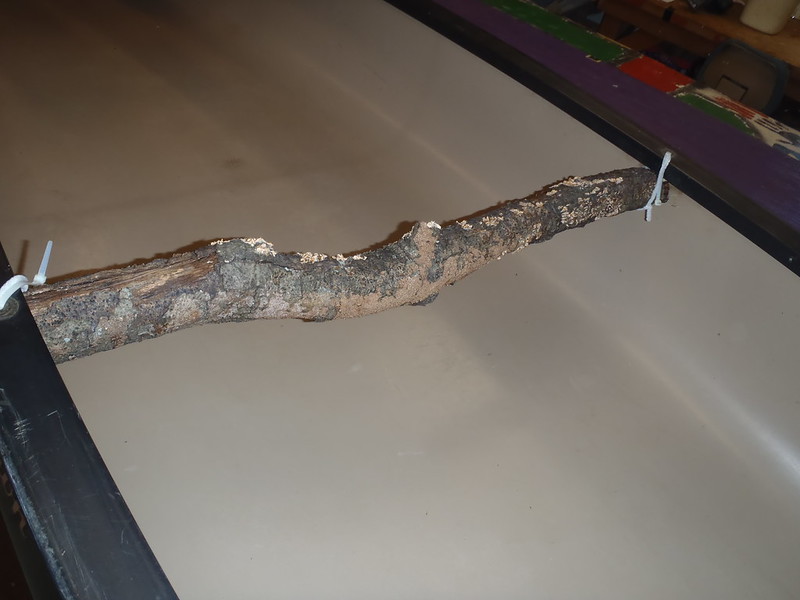Mike, I get -- really get -- that the Pathfinder/Camper 15 was a big part of your own family's canoe history, that you are a proponent of it, that you actually think it would be a suitable canoe for Kelly and Emmy and Prune, and that you have been a very impetuous friend.
Royalex is not my first or second choice for flatwater canoeing; composites and wood are. Blunt cutwaters are inelegant, gurgley and noisy. Ugly and heavy skid plates make that worse. Nevertheless, none of these preferences or objections are deal killers. We probably can overcome.
I have my own opinionated opinions the proper seats, thwarts, grab handles, seat webbing, loop webbing, shock cord and other things. This Pathfinder, if it finds a path to me, will look like no other in the multiverse. And it will be Scottish.
I haven't decided anything, but I did buy 57", 51" and 47" inch straight wood paddles today for a grand total of $35. Now I only need a 54" paddle to have a nicely sized set for any hypothetical canoe I might acquire. The guy also had a big wheel cart but it didn't fold up. Probably could still get it for $5.
I'll be in touch.
Royalex is not my first or second choice for flatwater canoeing; composites and wood are. Blunt cutwaters are inelegant, gurgley and noisy. Ugly and heavy skid plates make that worse. Nevertheless, none of these preferences or objections are deal killers. We probably can overcome.
I have my own opinionated opinions the proper seats, thwarts, grab handles, seat webbing, loop webbing, shock cord and other things. This Pathfinder, if it finds a path to me, will look like no other in the multiverse. And it will be Scottish.
I haven't decided anything, but I did buy 57", 51" and 47" inch straight wood paddles today for a grand total of $35. Now I only need a 54" paddle to have a nicely sized set for any hypothetical canoe I might acquire. The guy also had a big wheel cart but it didn't fold up. Probably could still get it for $5.
I'll be in touch.


















